Silverstone doesn't have a monopoly on great British Grand Prix moments, because the big race has also been hosted by Aintree, Brands Hatch and Brooklands. However, it's uncanny how often the former military airfield in the Northamptonshire countryside throws up the dramatic moments that end up defining a season.
Ahead of Sunday's event, here is our pick of 10 significant occurences from the 48 events held at Silverstone. Let us know your favourite memories of the much-changed circuit in the comments below (and if you're old enough to say 'I was there' when Villoresi fought Ascari in 1948, we'll be impressed).
10 - Luigi Villoresi versus Alberto Ascari, 1948
This is where it all started, pre-dating the inception of the Formula 1 World Championship by two years. Silverstone looked much different in those days, and made good use of the perimeter roads and runways of the former airfield. The start/finish line was situated before Woodcote corner, while Copse and Stowe corners were much tighter than their modern equivalents.
The race was dominated by the works Maserati 4CLTs of Luigi Villoresi and Alberto Ascari, with the pair starting from the back of the grid after getting delayed on their way to the circuit for qualifying. The two Italians swapped the lead back and forth, before Ascari lost a chunk of time in the pits. Villoresi suffered his own setback when his car’s tachometer fell off and wedged under the clutch pedal, but he won the 65-lap race by 14 seconds.
9 - John Surtees makes an impression, 1960
Sir Jack Brabham won this one at a canter. The reigning world champion qualified on pole position in his Cooper-Climax and cruised to victory after Graham Hill – who’d stalled at the start but charged through to the lead – spun off near the end. John Surtees, who was still combining bike and car racing, caused a stir, however.
The 26-year-old made his Formula 1 debut at the Monaco Grand Prix, qualifying 15th and retiring with transmission issues after 17 laps of the race. Silverstone was his second F1 start and he put his Lotus-Climax 11th on the grid and charged through to second place by the end, confirming his prowess on four wheels as well as two.
8 - Mansell zings in the rain, 1988
British fans didn’t have much to cheer about in 1988 because the trailblazing Williams-Honda had come to an end the previous year. The Oxfordshire team was without a top-line engine partner, and instead made use of naturally aspirated Judd 3.5-litre V8 units. Even armed with a trick reactive suspension system, the Williams-Judd FW12 wasn’t a match for the turbocharged McLaren-Honda MP4/4, but nobody told Nigel Mansell.
A sodden track at Silverstone for race day placed bravery above technical brilliance, and despite qualifying down in 11th, the Briton streaked through the pack to finish second behind Ayrton Senna. It was his first points finish of a difficult season, and came in the same week that he confirmed he would race for Ferrari in 1989.
7 - Mark Webber is a big number two, 2010
By the middle of the 2010 season, dark clouds were brewing over dominant Red Bull Racing. The team’s increasingly explicit favouritism towards Sebastian Vettel wasn’t going down well, either with his team-mate Mark Webber or with the Formula 1 fans who felt they were being robbed of a fight at the front of the pack. The tension that had been brewing since a collision between the two drivers was ramped up in qualifying, when Vettel was given a development front wing that by rights should have been fitted to Webber’s car.
The German qualified on pole, but the Australian seized the initiative at the start and Vettel dropped back after contact with Lewis Hamilton. In an incident-packed race marked with safety cars and contact throughout the field, Webber kept his cool to collect his third win of the season. His cheeky “not bad for a number two” comment, broadcast to the world over the radio on the cool-down lap, was especially sweet.
6 - Mansell-mania spills over, 1992
This race, held on a scorching summer’s day, wasn’t a classic contest, but it was significant for many reasons. Nigel Mansell took a step closer to a long-awaited world title by collecting pole position, fastest lap and leading every lap on his way to victory in his Williams-Renault. He headed home team-mate Riccardo Patrese, with Martin Brundle adding further cheer for British fans by claiming third place in his Benetton-Ford.
Shortly after Mansell had been greeted by the chequered flag, his dedicated fans invaded the circuit, leaving him unable to get back to the paddock in his car. The victory, Mansell’s seventh of the season, also made him the most successful British driver of all time, surpassing Sir Jackie Stewart’s record of 27 victories in the top-flight.
5 - The first for Ferrari, 1951
Alfa Romeo had enjoyed top-dog status in the formative months of the new Formula One World Championship, which had been established in 1950. The Italian manufacturer had a fully developed car, the 1.5-litre straight-eight 159, but by the middle of F1’s second season Ferrari was making serious inroads with its 4.5-litre V12 375.
At Silverstone, Jose Froilan Gonzalez – also known as The Pampas Bull – qualified on pole position, the first for himself and Maranello. The Alfas of Juan Manuel Fangio and Nino Farina pushed Gonzalez hard throughout the race. However, the Ferrari’s superior fuel consumption meant it only had to make one pit stop to the two of its main rivals, and Gonzalez won by 51 seondsc - the first of 222 F1 successes from Ferrari.
4 - Clark’s fourth in a row, 1965
Anyone in any doubt about Jim Clark’s place in the pantheon of all-time Formula 1 greats should consider his astonishing British Grand Prix record. The Lotus driver won four consecutive home races, but even more remarkable is the fact that the first three of those came on different circuits. A dominant victory at Aintree in 1962 was followed by success at Silverstone in 1963 and a win at Brands Hatch in 1964.
In 1965, back at the Northants track, the Scot added his fourth in a row despite an oil leak that allowed Graham Hill to close up near the end. Jack Brabham ended the winning streak in 1966, when the race was held at Brands Hatch, but Clark bounced back with another victory at Silverstone the following year in front of 120,000 fans.
3 - First-lap pile-up, 1973
The race was notable for an enormous accident at the end of the opening lap which forced eight cars out of the race. Jody Scheckter triggered the shunt when he lost control exiting Woodcote, which in those days was a super-quick right-hander. The South African was running fourth at the time of the spin, and as his pirouetting car came to a halt broadside across the circuit, those following were left with nowhere to go in avoidance.
As well as Scheckter’s McLaren, the accident damage wiped out all three Surtees entries. Despite the severity of the incident against Silverstone’s unyielding pit wall and crash barriers, only one driver was injured, with Andrea de Adamich sustained leg injuries. American driver Peter Revson won the restarted race.
2 - Johnny Herbert’s day of glory, 1995
In the late 1980s, Johnny Herbert was regarded as the best emerging talent in British motor racing, but a savage accident in a Formula 3000 race at Brands Hatch in 1988 left him with serious leg injuries. Undeterred, Herbert battled back to fitness to establish himself in Formula 1, landing a role as Michael Schumacher’s number two at Benetton. Herbert lined up fifth on the grid as Damon Hill and Schumacher shared the front row.
The arch-rivals fought over the win until a late-braking move by the Briton resulted in contact that put both men out of the race. David Coulthard took the lead, but a stop-go penalty for speeding in the pitlane effectively handed victory to Herbert. His success remains one of the most popular and heart-warming grands prix stories of all time.
1 - Nigel Mansell versus Nelson Piquet, 1987
As Lewis Hamilton and Nico Rosberg will attest, feuds between team-mates always add an extra frisson of excitement to Formula 1. The bitter rivalry between Nigel Mansell and Nelson Piquet in the Williams camp in the late 1980s makes the Hamilton/Rosberg fight look like a playground squabble. Piquet went to Williams in 1986 assuming he’d be clear number one in the team, but Mansell had other ideas and Sir Frank Williams was happy to let them fight.
Piquet led the early laps, and an unforeseen tyre change left Mansell half a minute behind his rivals. Armed with fresher rubber than the Brazilian, Mansell set a flurry of fastest laps as he chased down the leader. On the Hangar Straight with two laps to go he sold Piquet an exquisite dummy and swooped down the inside at Stowe Corner. Mansell’s Williams stuttered to a halt, out of fuel, shortly after he’d passed the chequered flag, and the delirious crowd invaded the track.
Get the latest car news, reviews and galleries from Autocar direct to your inbox every week. Enter your email address below:

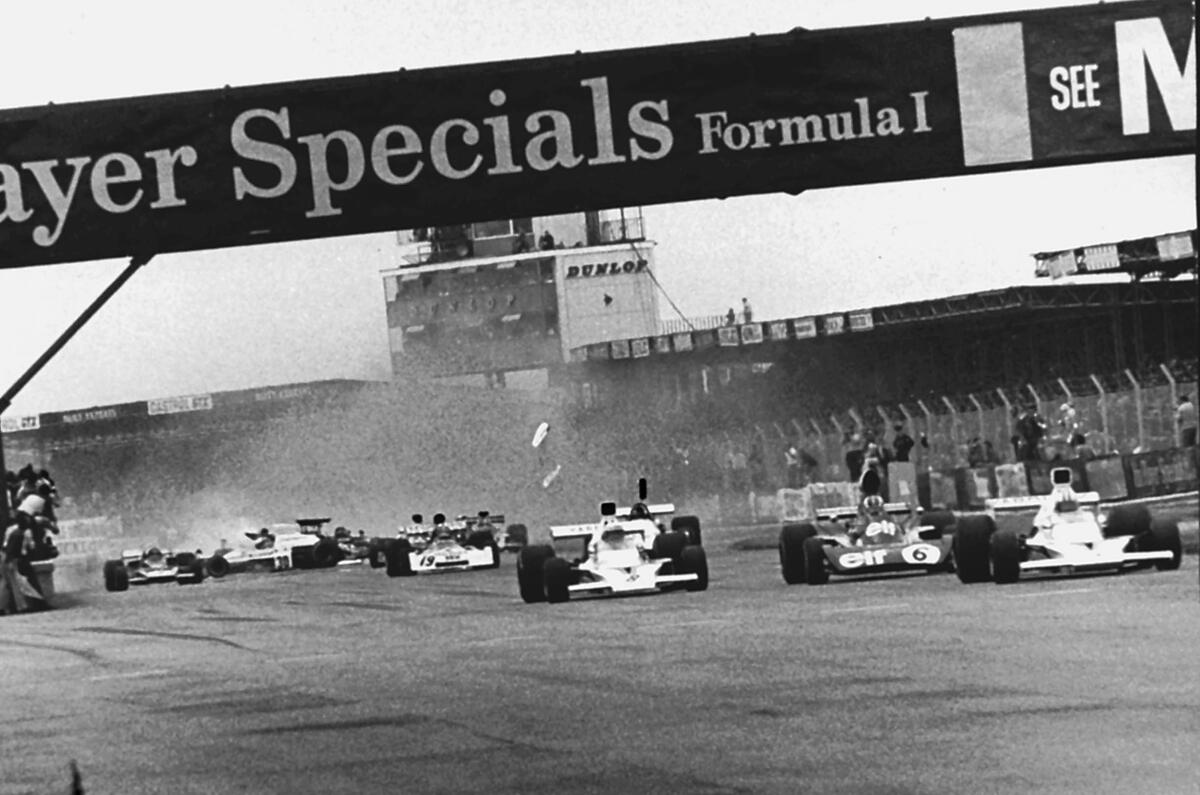
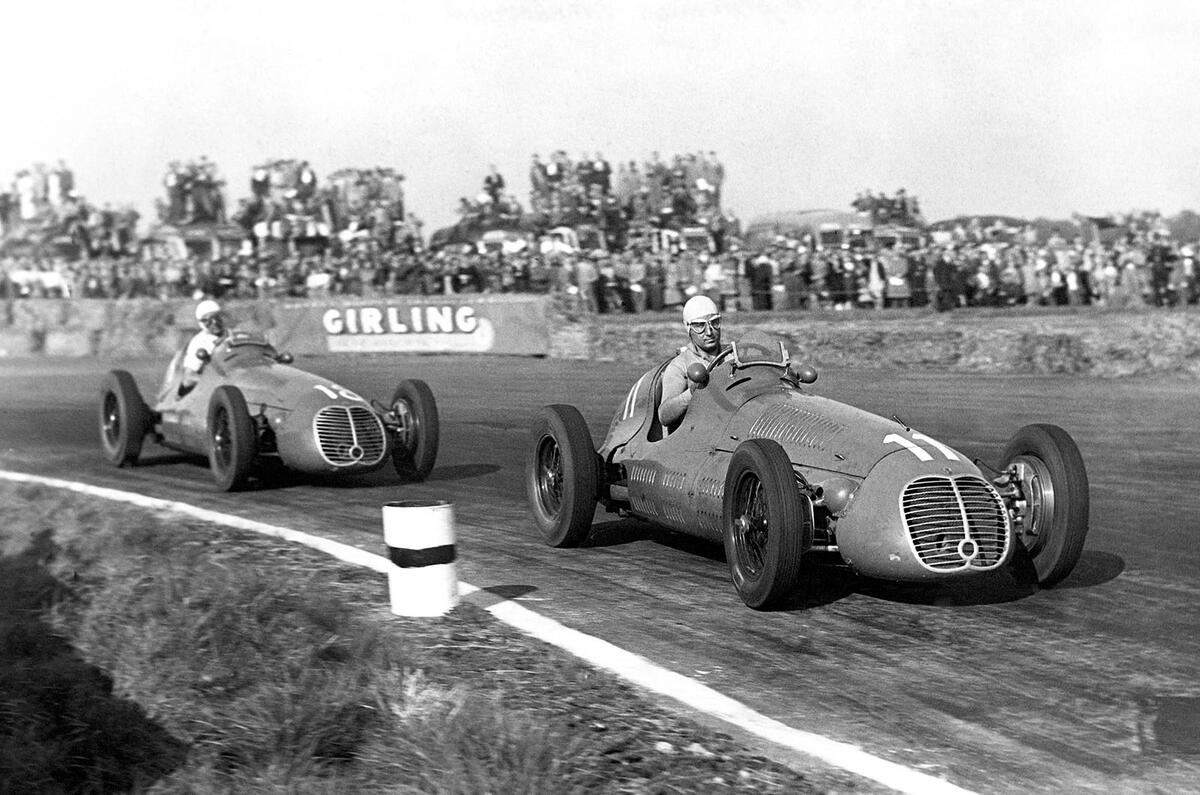


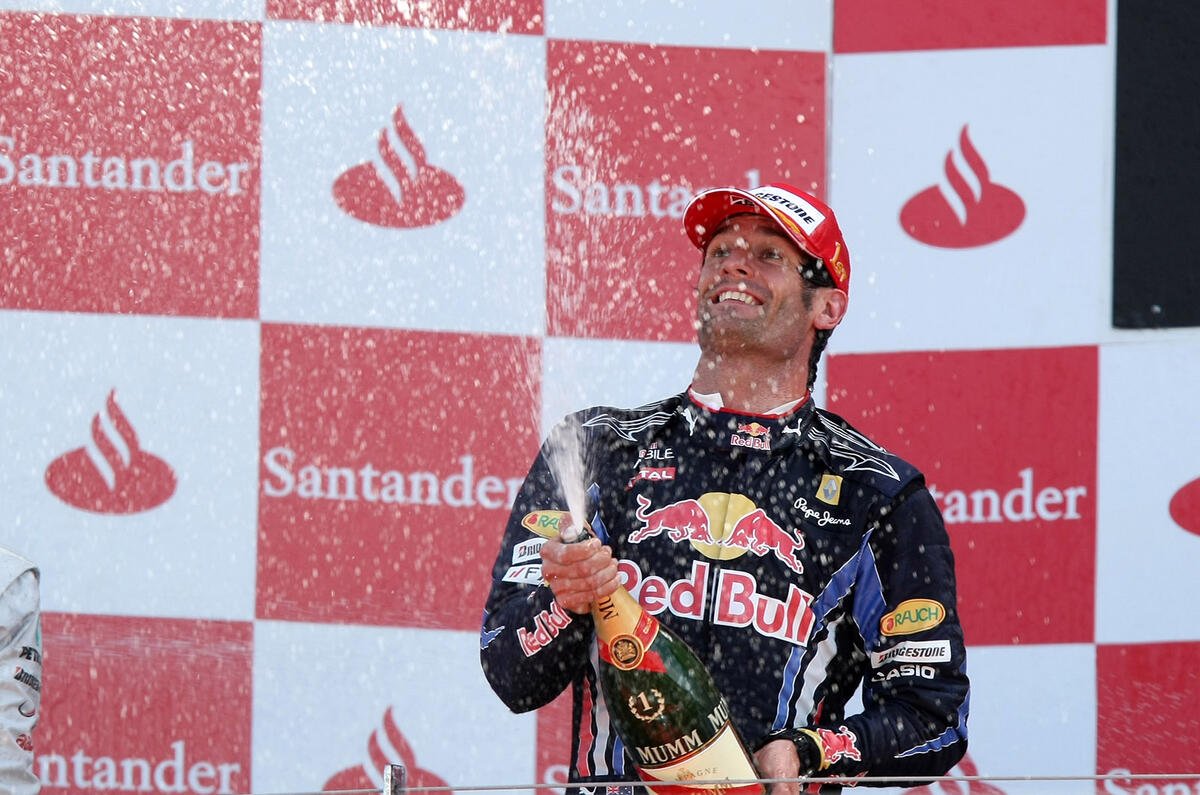

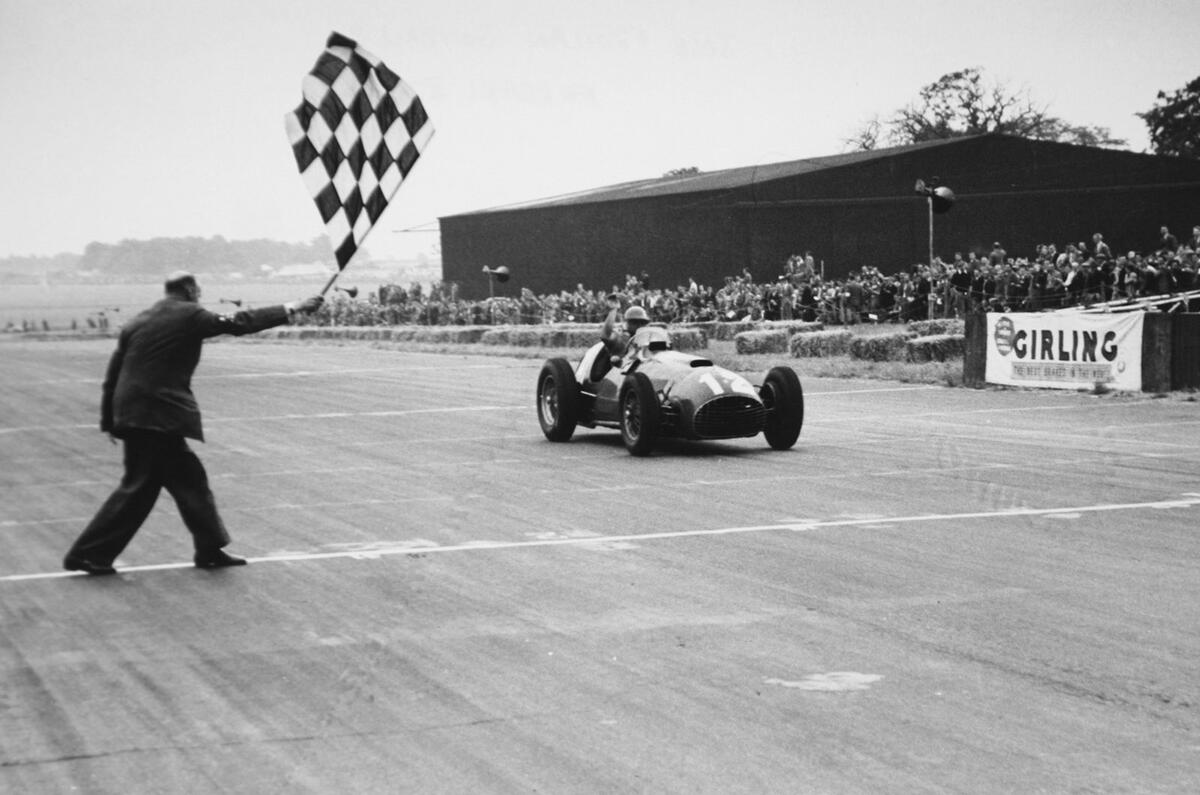
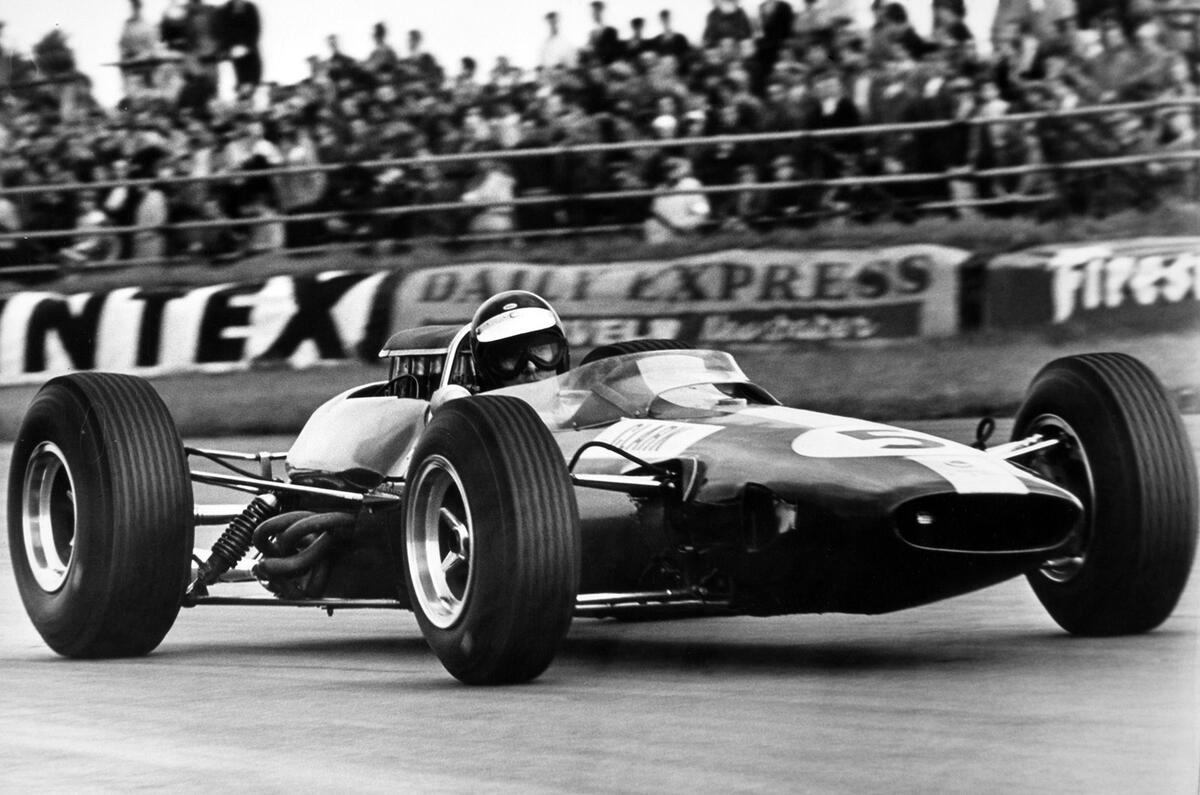
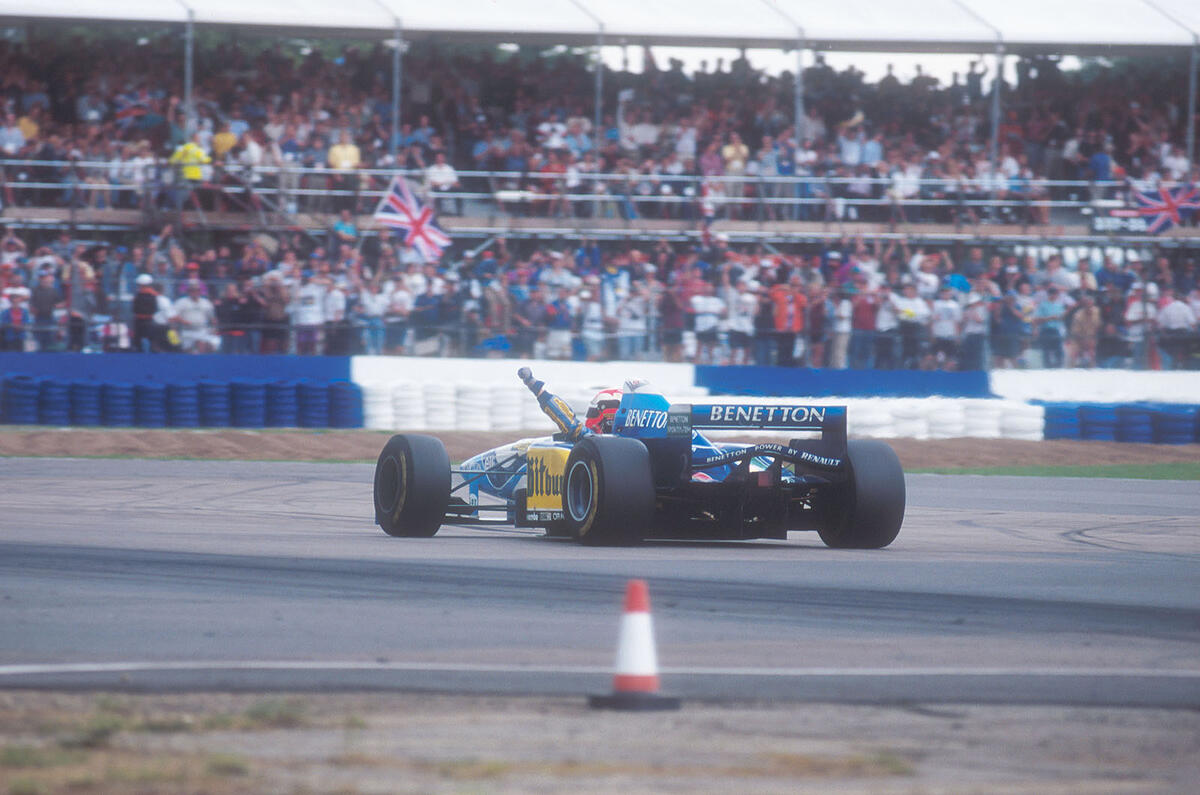
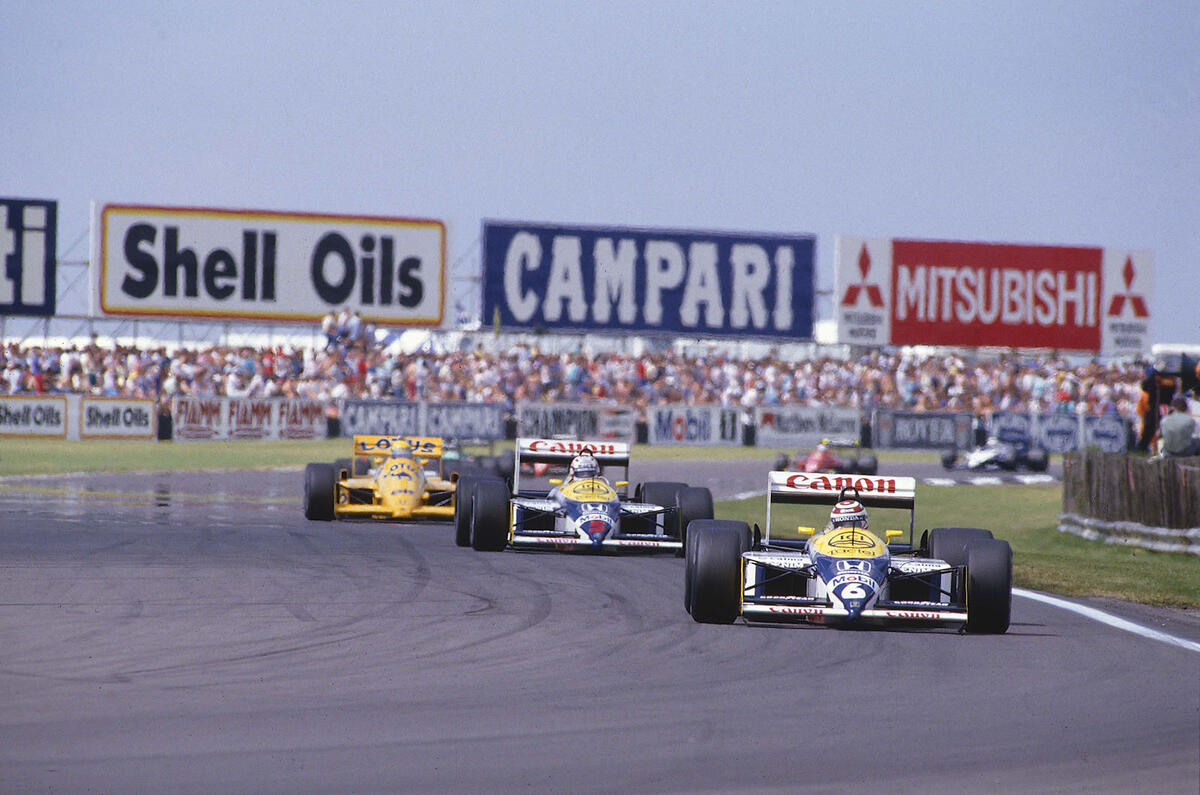
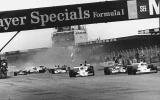
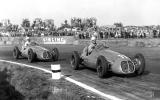
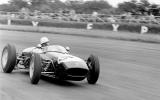
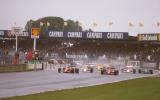

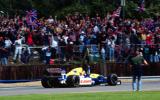

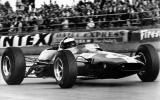
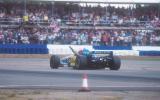
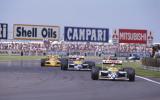


Add your comment